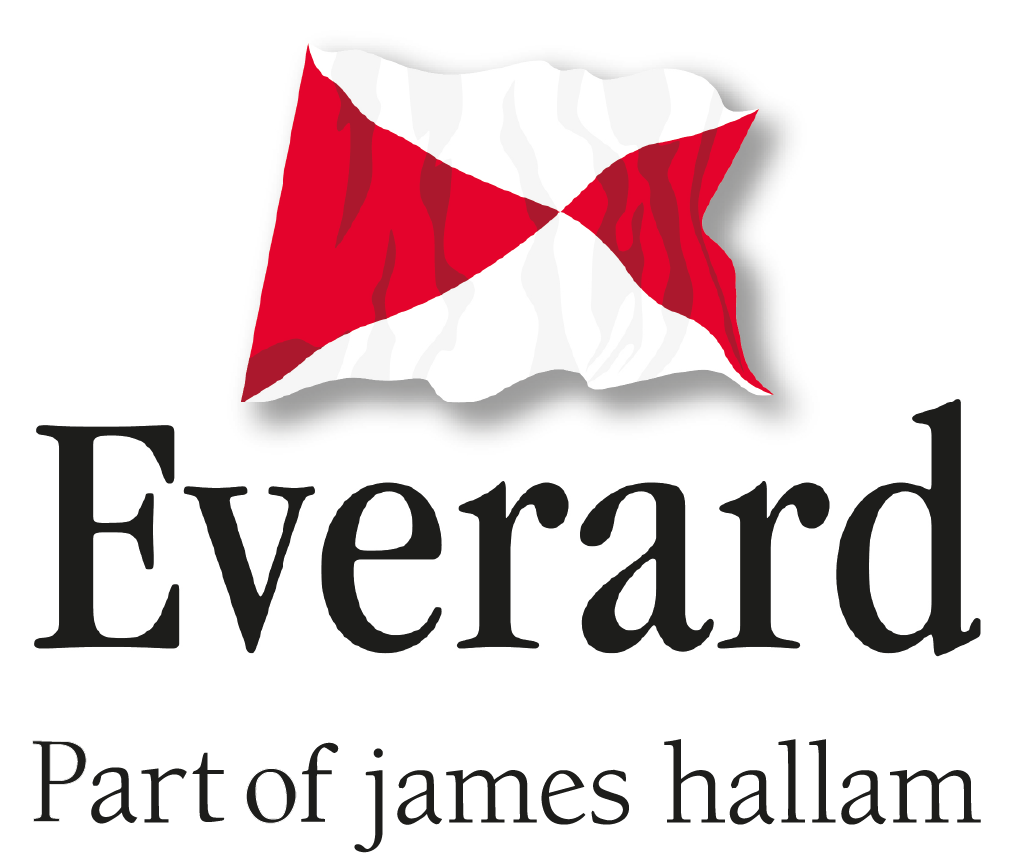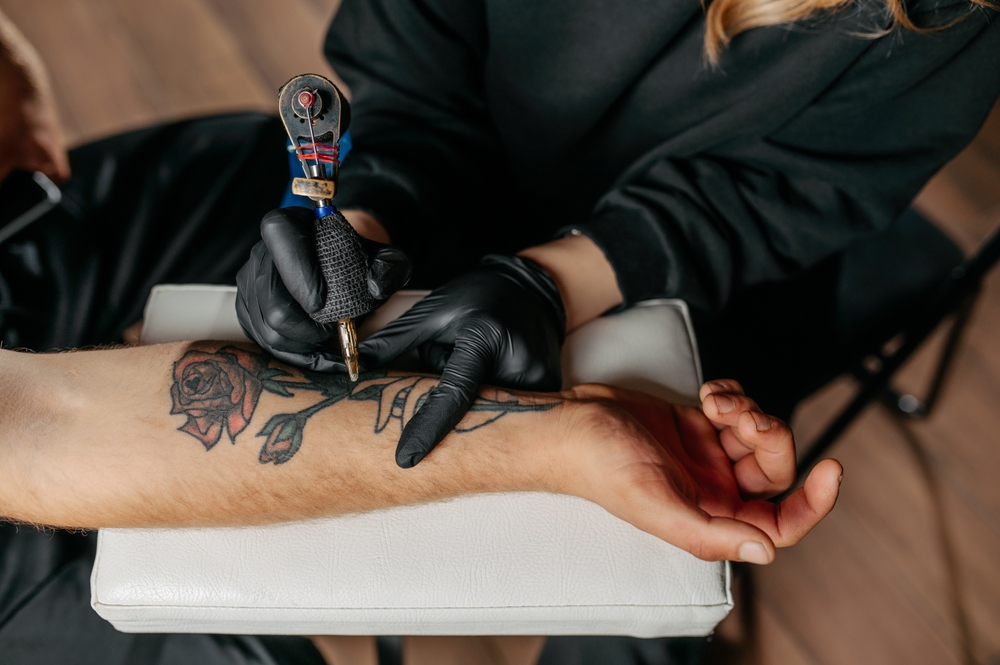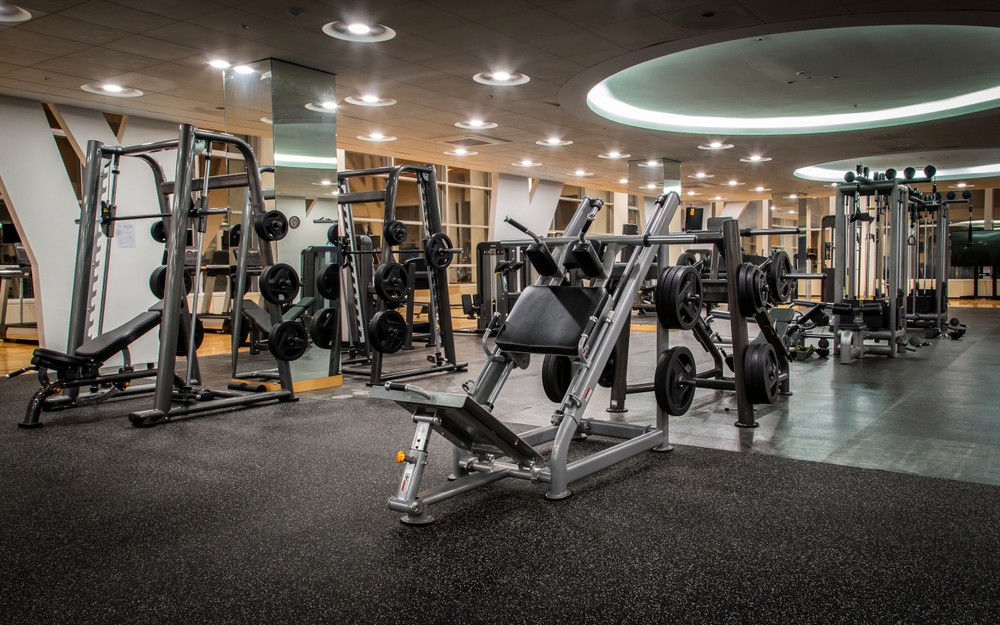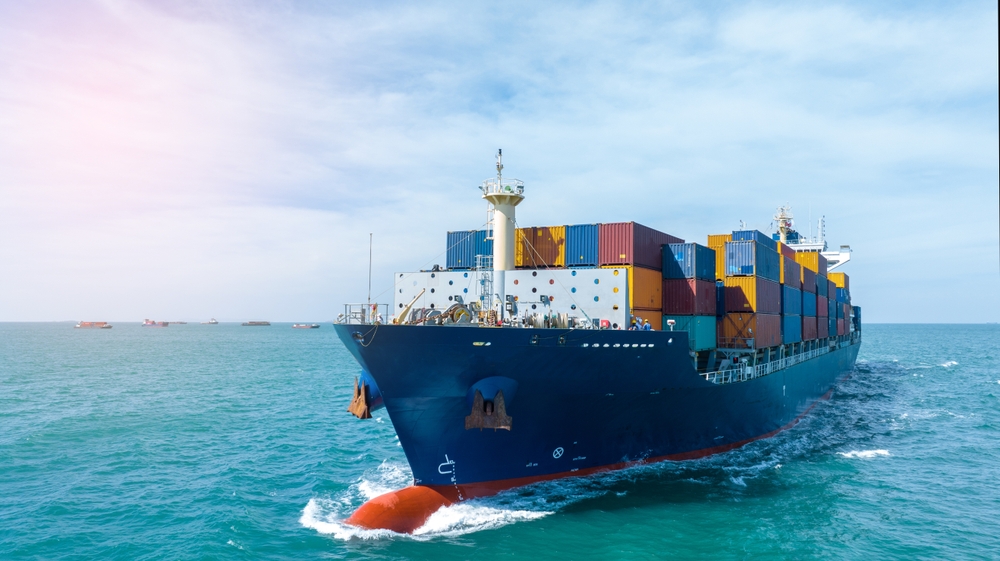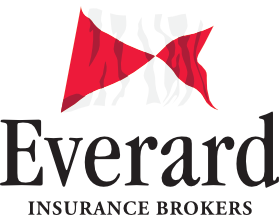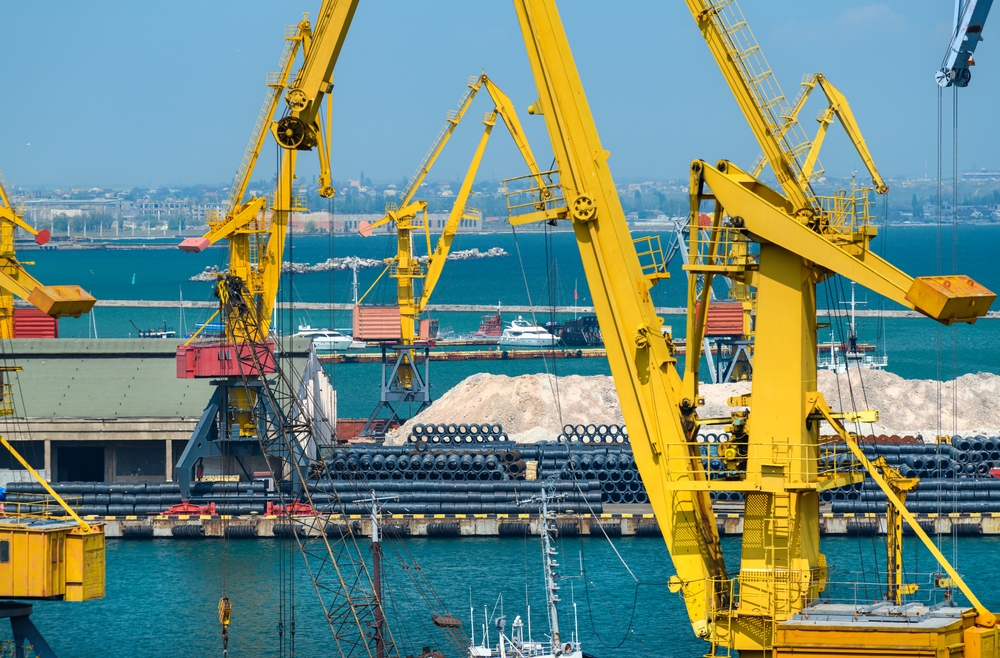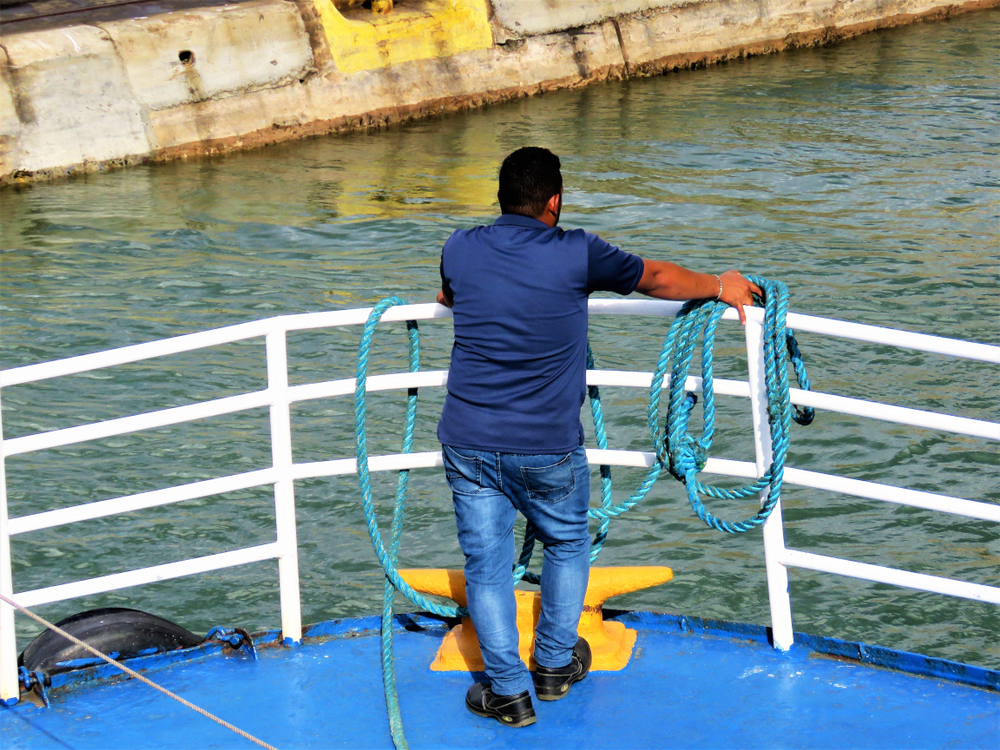Travellers are increasingly concerned about the environmental impact of their trips, which is why some travellers are consciously seeking out greener and more sustainable travel options. According to one survey, 69% of all travellers now seek more eco-friendly travel options.
In this post we will outline some key aspects of hotel sustainability, to help you reduce the environmental impact of your business.
The Benefits of Hotel Sustainability
- Save money. Sustainability can mean taking steps to improve your energy efficiency while reducing the amount of water you use, all of which can help bring down your bills.
- Improved community relations. Another aspect of sustainability can involve buying local, and making the best use of resources on your doorstep. So, in short, it can mean giving back to your community. If your customers are worried about the effects of overtourism, your sustainability initiatives may demonstrate that you are not part of the problem.
- Meet customer expectations. As we mentioned above, certain travellers are actively choosing more sustainable travel options. Investing in hotel sustainability may help you stand out in the crowded travel and tourism market.
How to Start Your Hotel Sustainability Journey
The best place to start with hotel sustainability is through working to reduce your energy and water use. There are a number of ways you can do this:
- Try LED lighting
Use energy efficient LED lightbulbs wherever possible. You can also use motion-activated lights in corridors and other communal areas, which will automatically switch off when the room is not in use. - Encourage towel and bed linen reuse
Ask customers to reuse their towels, dressing gowns, and bedding as much as possible, to cut down on the amount of laundry you need to do. You could offer customers a small discount if they choose to forego certain aspects of your housekeeping. - Reduce water use
Reduce the water pressure in your showers, so that customers will use less water. - Update appliances to efficient models
Switch your appliances to greener models wherever possible. An older fridge, for example, may use a lot more power than a brand new, energy-efficient fridge.
The Next Steps to Sustainability
Think Local
- Local recruitment: Try to recruit from your local area, to cut down on the amount of travelling necessary for your staff to get to work.
- Local produce: Also order as much of your produce as possible from your local area. This will help you reduce your food miles, while also providing a nice boost to your local economy.
- Seasonal menus: Offer seasonal menus rather than a set menu, so that you can serve whatever produce is currently available, and so that you do not need to import ingredients from overseas.
Get Certified
Many industry bodies offer hotel sustainability certification schemes.
Getting certified will probably mean that your hotel will have to meet strict sustainability criteria. Working towards meeting this criteria will itself show you which aspects of your operations you need to focus on, while also providing an effective means of measuring your process.
Once you’re certified, you will likely receive an official certificate, and your hotel may get listed in sustainable travel directories. You may also get an official logo to use on your website, which will immediately highlight your commitment to sustainability.
For an example of how sustainability certification works, take a look at the World Travel and Tourism Council’s initiative.
Choose Sustainable Suppliers
Finally, as part of your hotel sustainability commitment, you should only work with suppliers who take sustainability as seriously as you do – whether they are decorators, cleaners, laundry services, or caterers.
This can extend to your insurance provider. James Hallam is an independent Lloyd’s broker with access to a hand-picked selection of A-rated insurance providers. We share your commitment to sustainability, and you can read more about our environmental policy.

